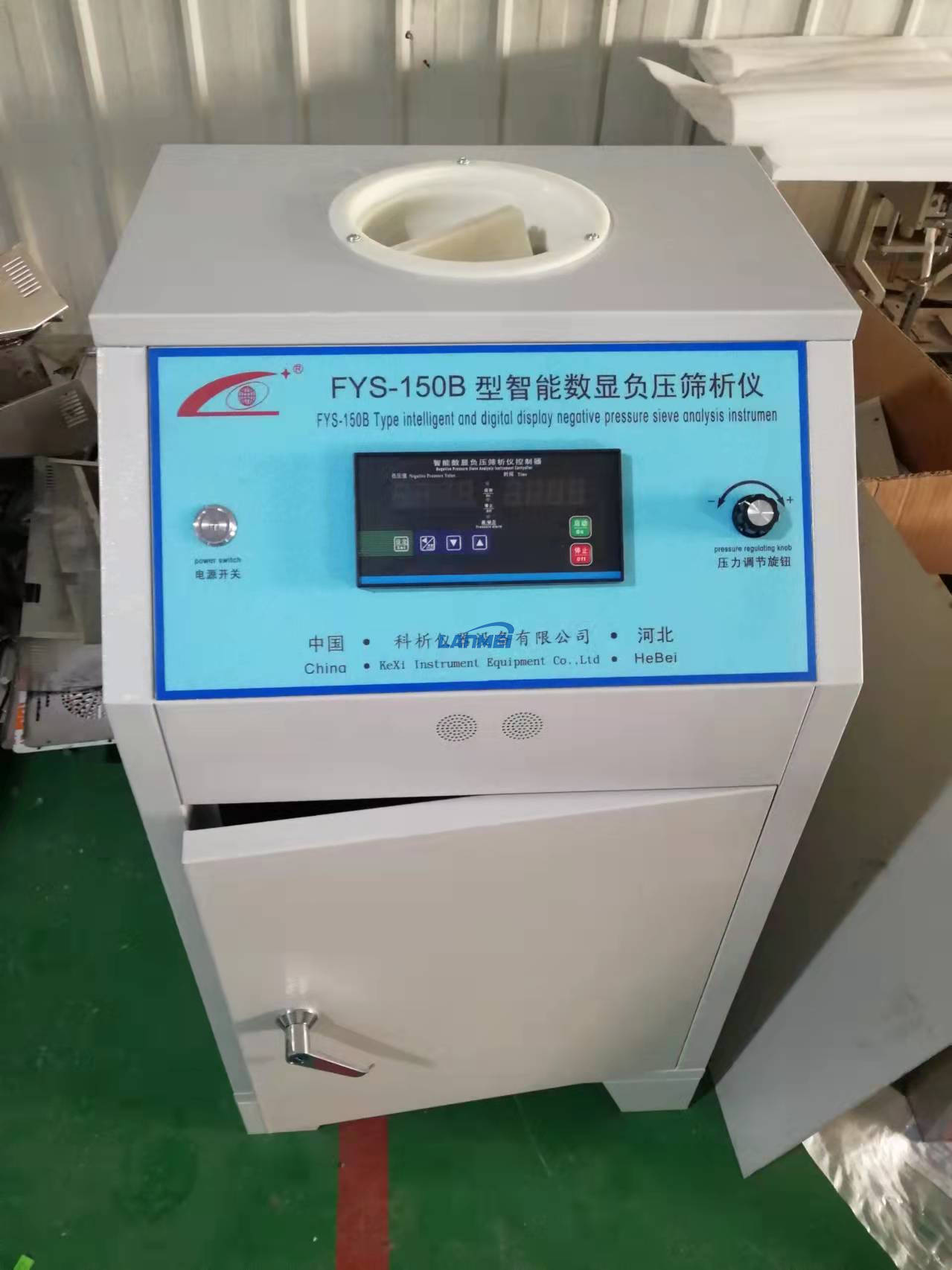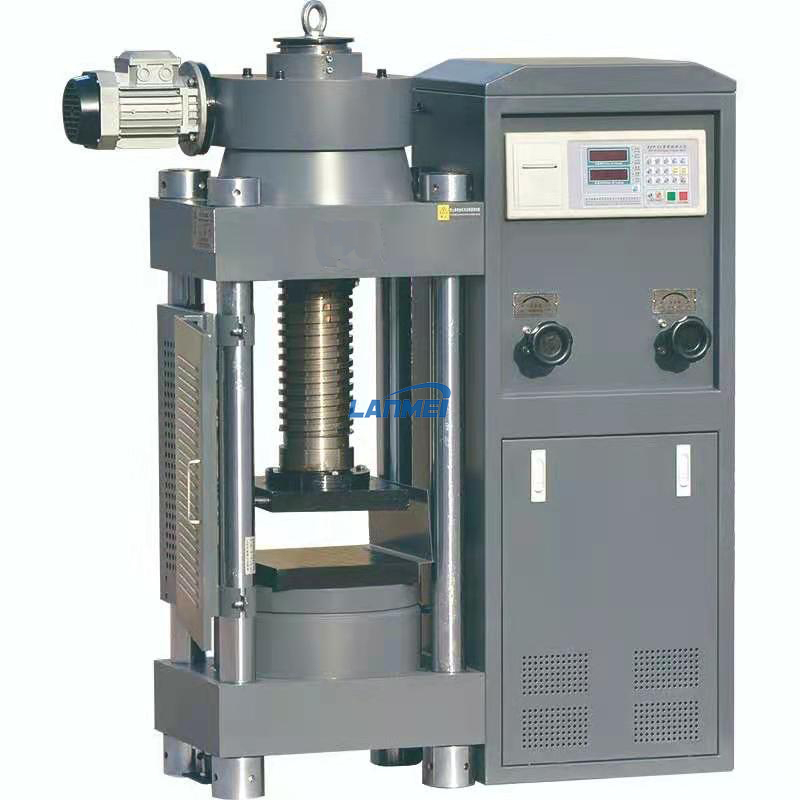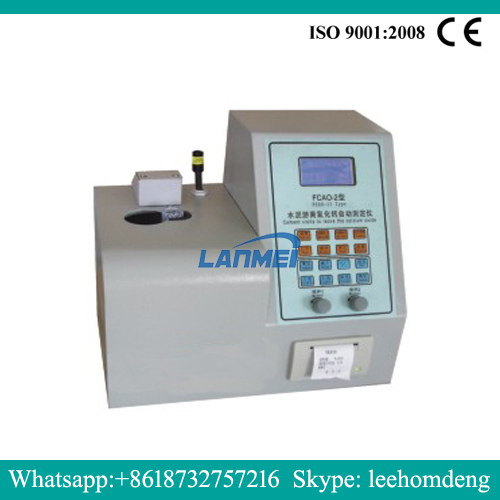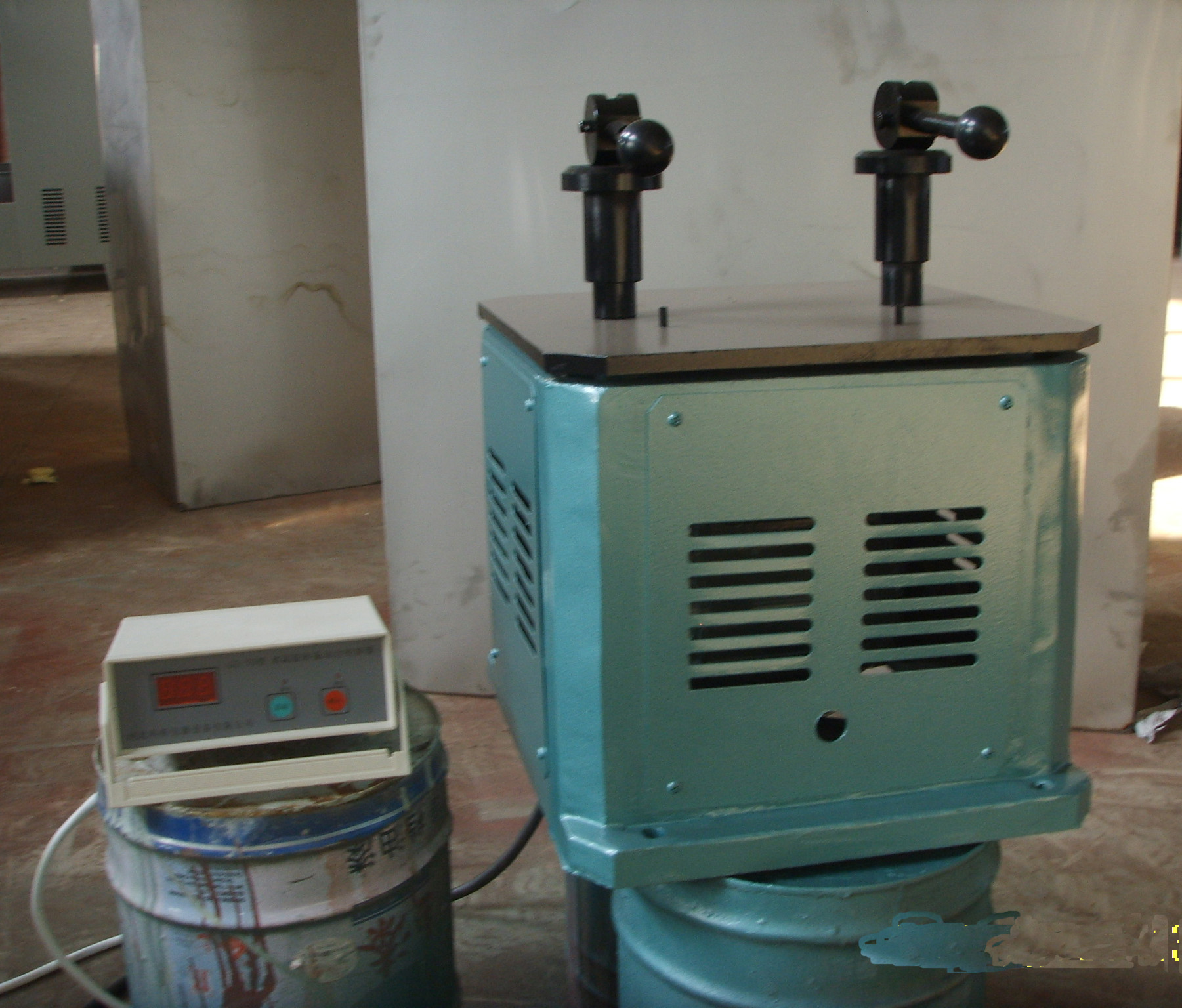Cement Negative Pressure Sieve Analyzer Laboratory
- Product Description
Cement Negative Pressure Sieve Analyzer Laboratory
The utility model discloses a negative pressure screen analysis instrument for measuring cement fineness which is a new type. The negative pressure screen analysis instrument for measuring cement fineness is mainly characterized in that the air jet mouth of the negative pressure screen analysis instrument for measuring cement fineness is changed into a horn-shaped slit with unequal width from a slit with equal width; the length of the negative pressure screen analysis instrument for measuring cement fineness between the length of screen analysis instruments in West Germany and in China is of a super radius type; the size of a test screen, and the size of a screen seat are correspondingly adjusted. The new design improves the distribution of the air output quantity of the air jet mouth on a screen cloth, and dead angle is not easily formed, ensuring the accuracy of the test. The sizes of the test screen and the screen seat decrease; thus, the vacuum degree of the screen analysis system is improved, the screen analysis efficiency is improved, the test time is shortened, and the accuracy of the experiment results is further ensured.
Description
一、Uses
FYS150 Negative Pressure Sieve Analyzer is a special instrument for sieve analysis in accordance with the national standard GB1345-91 "Cement Fineness Inspection Method 80μm Sieve Analysis Method". It has a simple structure, intelligent processing and convenient operation, high precision and good repeatability. Features such as reduced energy consumption. It is an indispensable instrument for cement plants, construction companies, scientific research institutes and universities and colleges with cement majors.
二、technical parameter
1. Sieve analysis test fineness: 80μm
2. Screening and analysis automatic control time 2min (factory setting)
3. Adjustable range of working negative pressure: 0 to -10000pa
4. Measuring accuracy: ±100pa
5. Resolution: 10pa
6. Working environment: temperature 0~50°C humidity <85%RH
7. Nozzle speed: 30 ±2r /min
8. The distance between the nozzle opening and the screen: 2-8mm
9. Add cement sample: 25g
10. Power supply voltage: 220V±10%
11. Power consumption: 600W
12. Working noise ≤75dB
13. Net weight: 40kg
三、Structure principle
The negative pressure sieve analyzer is mainly composed of a box, a sieve base, a vacuum cleaner, a cyclone dust collection device and an intelligent digital display controller. The box is the main structure of the instrument. All parts and components are installed in the box. The sieve base is equipped with synchronous motors, nozzles, hard pipes, etc., and a test sieve and a sieve cover are placed on it. The lower end of the hard tube is connected with the air inlet of the cyclone with a hose, and a small port is connected to the negative pressure controller with a hose. The vacuum cleaner serves as the source of negative pressure. The suction port is connected to the air outlet of the cyclone, and the motor can be steplessly adjusted through the pressure adjusting knob on the panel, so as to change the working negative pressure of the instrument at any time. The cyclone dust collection device is composed of a cyclone tube and a dust collection bottle. The configuration of the cyclone greatly improves the dust collection efficiency, so that 95% of the cement dust falls into the dust collection bottle, thereby reducing the number of dust cleaning operations of the vacuum cleaner. The time is controlled by the program in the controller, so that the instrument can automatically stop after working for 2 minutes (factory setting). After the negative pressure sieve analyzer is started, the vacuum cleaner and the synchronous motor start to work, so that the inside of the sieve holder is kept under negative pressure. The fine cement powder to be tested on the test sieve becomes dynamic under the action of the airflow sprayed from the nozzle. The fine powder with a diameter smaller than the sieve aperture is sucked away through the test sieve under negative pressure suction, while the fine powder with a particle diameter larger than the sieve aperture remains on the test sieve, thus completing the sieving and meeting the requirements of GB1345-91 Test requirements.
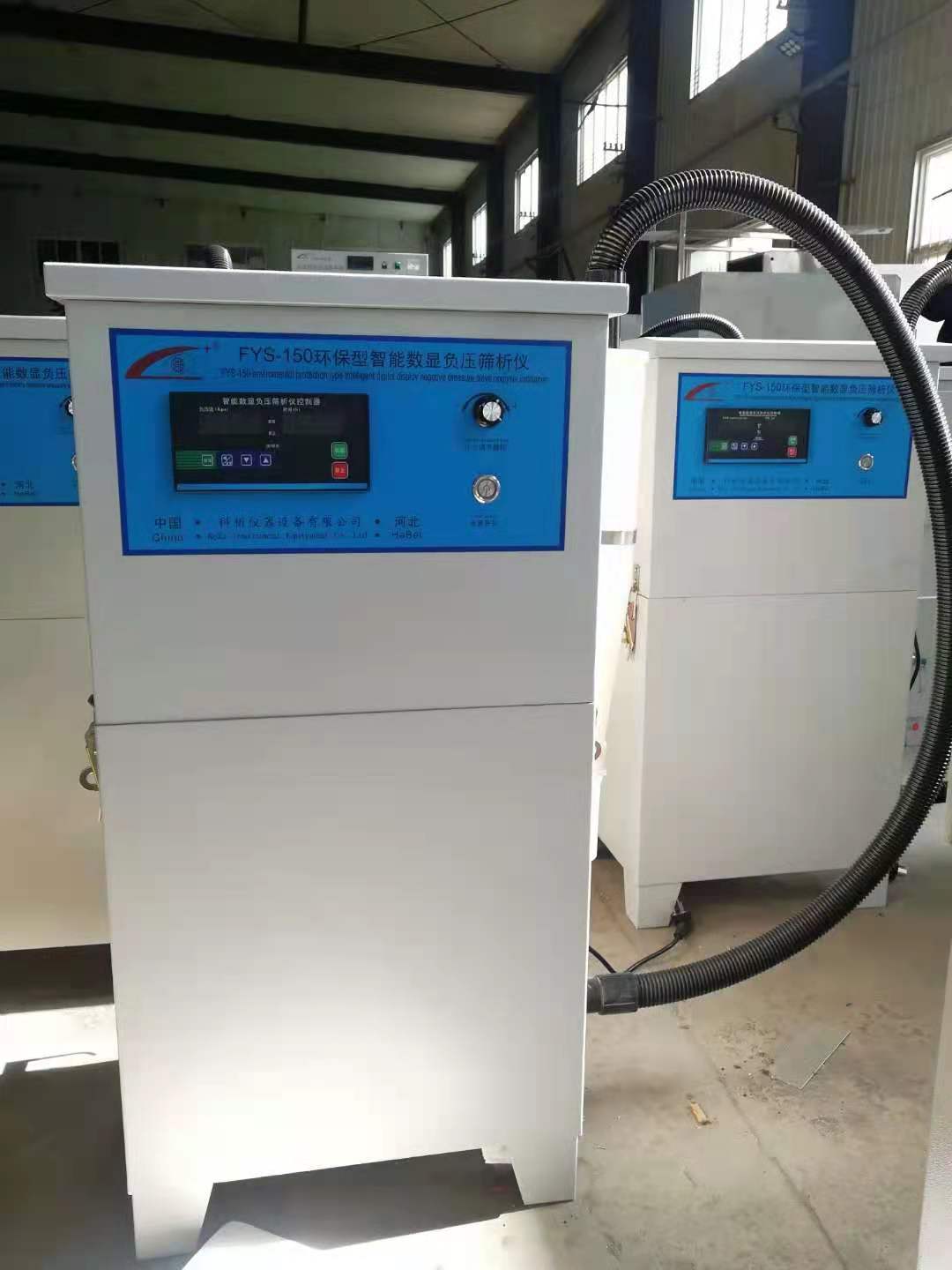
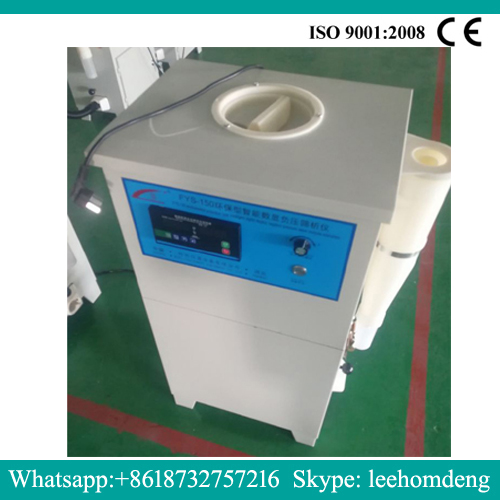
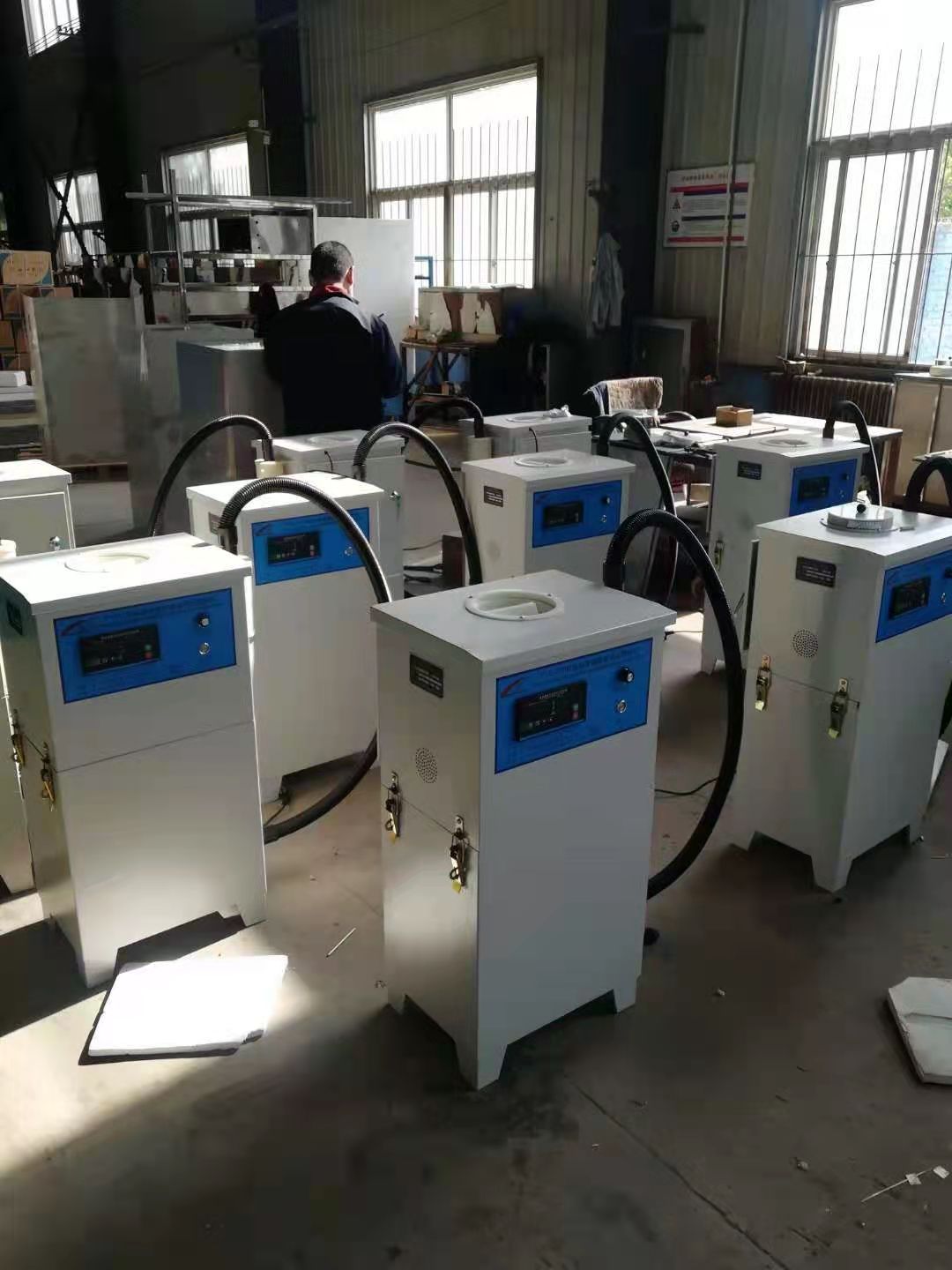

-

E-mail
-

Wechat
Wechat

-

Whatsapp
whatsapp
-

Facebook
-

Youtube
- English
- French
- German
- Portuguese
- Spanish
- Russian
- Japanese
- Korean
- Arabic
- Irish
- Greek
- Turkish
- Italian
- Danish
- Romanian
- Indonesian
- Czech
- Afrikaans
- Swedish
- Polish
- Basque
- Catalan
- Esperanto
- Hindi
- Lao
- Albanian
- Amharic
- Armenian
- Azerbaijani
- Belarusian
- Bengali
- Bosnian
- Bulgarian
- Cebuano
- Chichewa
- Corsican
- Croatian
- Dutch
- Estonian
- Filipino
- Finnish
- Frisian
- Galician
- Georgian
- Gujarati
- Haitian
- Hausa
- Hawaiian
- Hebrew
- Hmong
- Hungarian
- Icelandic
- Igbo
- Javanese
- Kannada
- Kazakh
- Khmer
- Kurdish
- Kyrgyz
- Latin
- Latvian
- Lithuanian
- Luxembou..
- Macedonian
- Malagasy
- Malay
- Malayalam
- Maltese
- Maori
- Marathi
- Mongolian
- Burmese
- Nepali
- Norwegian
- Pashto
- Persian
- Punjabi
- Serbian
- Sesotho
- Sinhala
- Slovak
- Slovenian
- Somali
- Samoan
- Scots Gaelic
- Shona
- Sindhi
- Sundanese
- Swahili
- Tajik
- Tamil
- Telugu
- Thai
- Ukrainian
- Urdu
- Uzbek
- Vietnamese
- Welsh
- Xhosa
- Yiddish
- Yoruba
- Zulu
- Kinyarwanda
- Tatar
- Oriya
- Turkmen
- Uyghur




